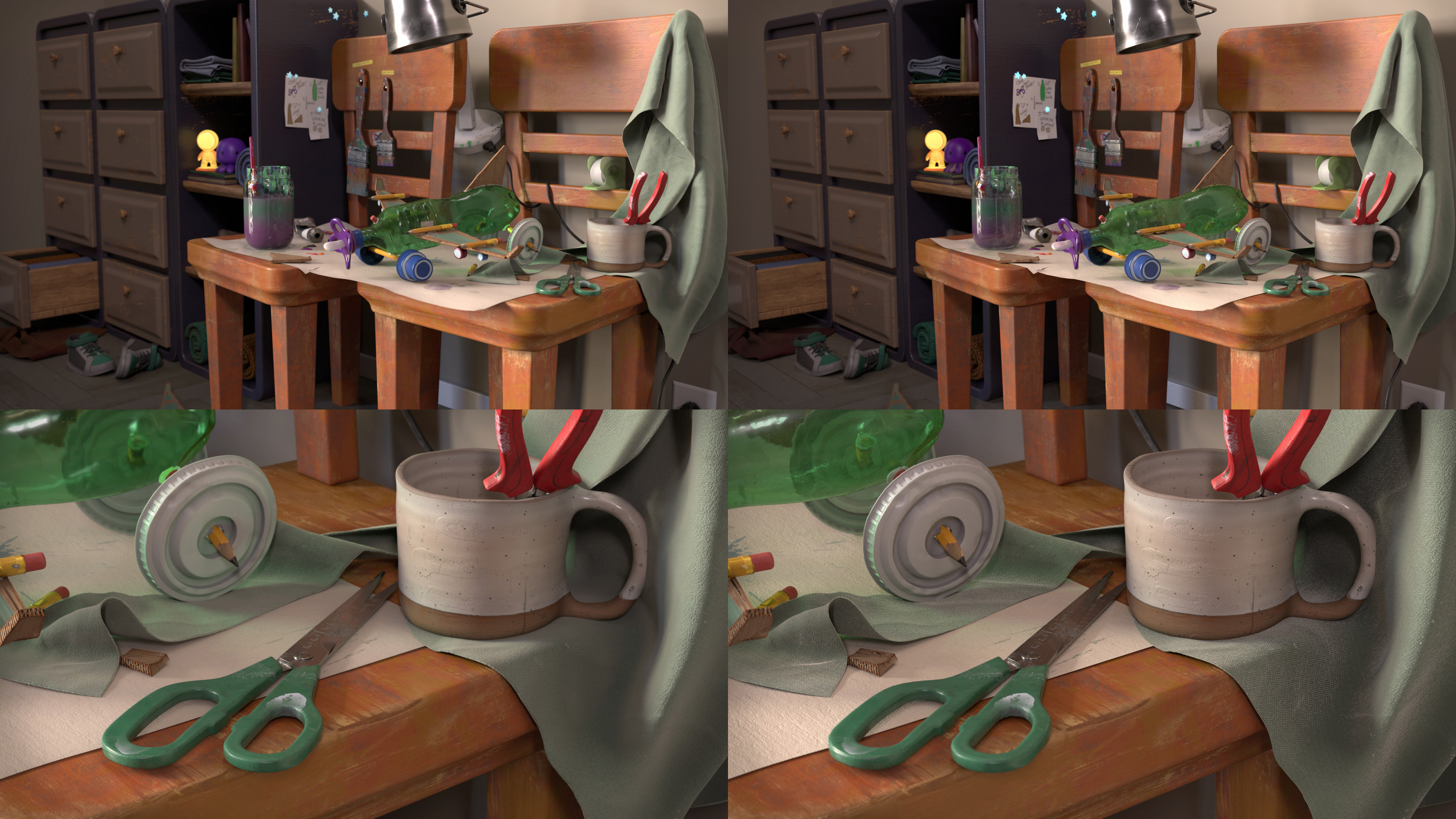The interchange of computer graphics scene assets, particularly for surface appearance, remains a significant challenge due to the diverse shading systems, languages, and pipelines used by different renderers and 3D engines. OpenPBR addresses this issue by providing a specification for a standardized uber-shader model that caters to the needs of industries engaged in physically based rendering. This model, developed through a collaboration between Autodesk and Adobe, builds upon the previously defined Autodesk Standard Surface and Adobe Standard Material models. It is defined via a formalism of layering and mixing of slabs, which is straightforward to implement in existing material frameworks such as MaterialX, Open Shading Language (OSL), and Material Definition Language (MDL). The specification aims to create a physically based, artist-friendly model that is powerful enough for the representation of complex surface appearances, while also practical for real-time applications. Thanks to its open governance, the project has seen significant industry adoption and collaboration, with implementations in major software such as Autodesk’s Maya, 3ds Max, and Arnold, Adobe’s proprietary path tracer, Blender’s Cycles, and Maxon’s Redshift.
Paper in the ACM Digital LibraryOpenPBR Surface: An Open Shading Model for Physically Based Materials
